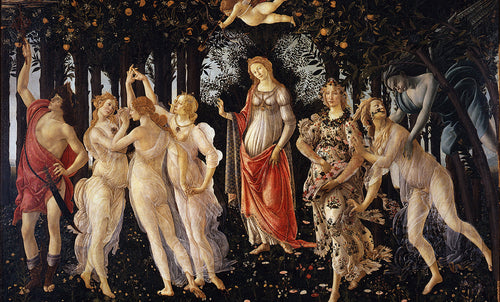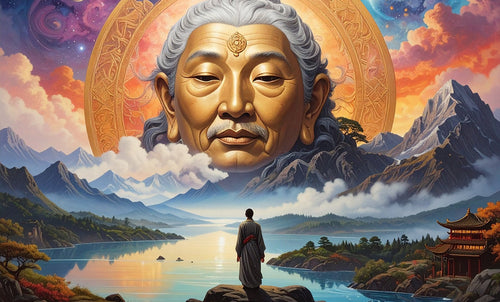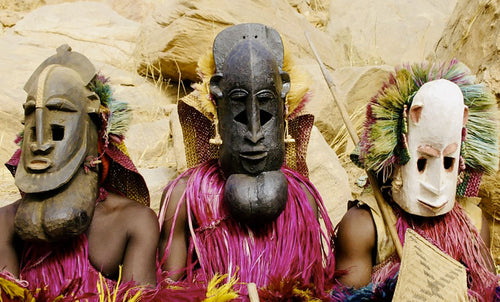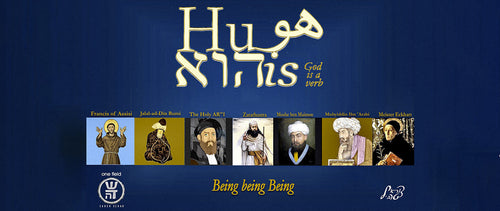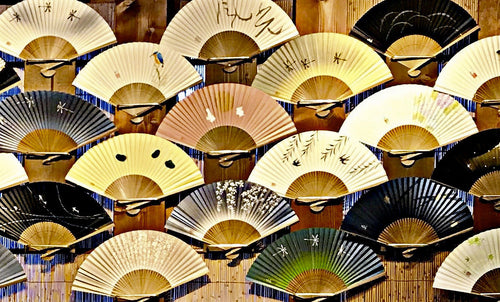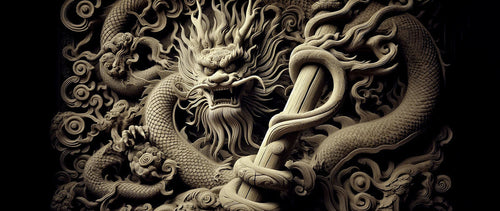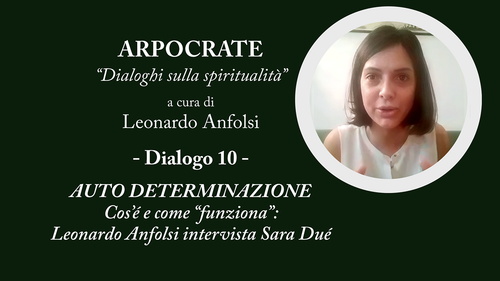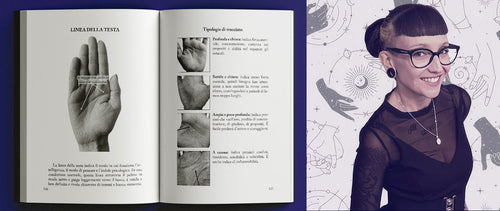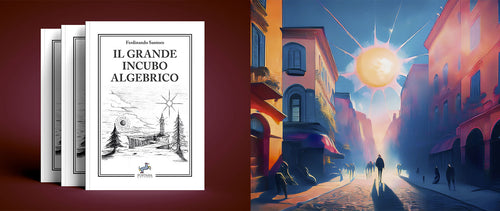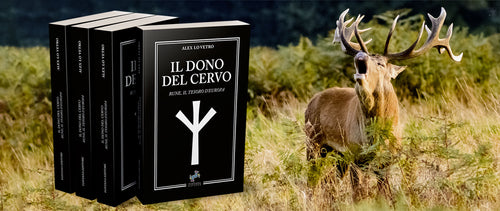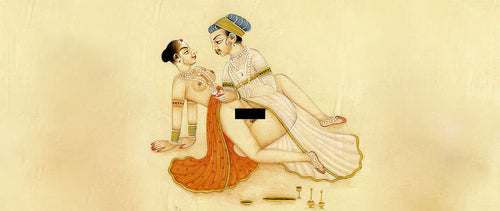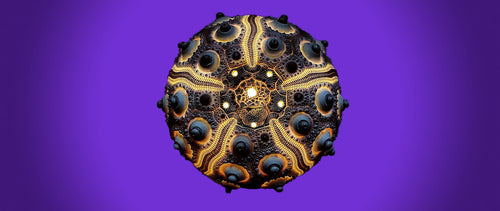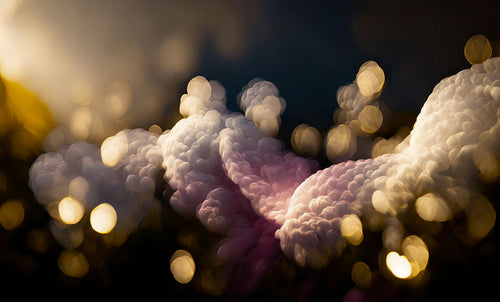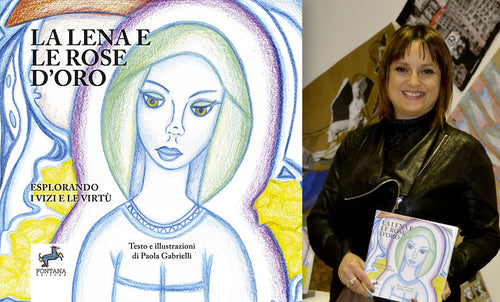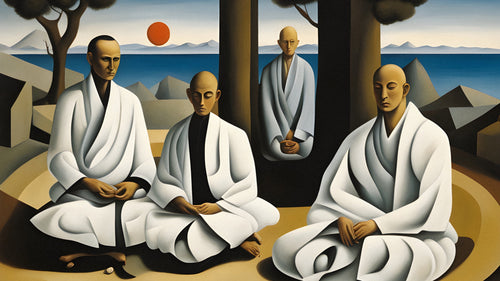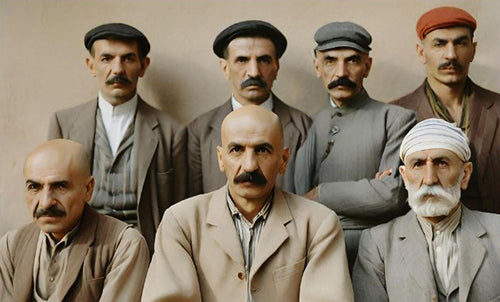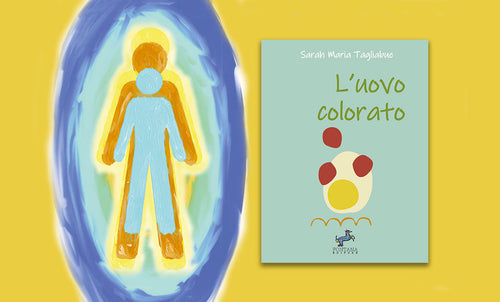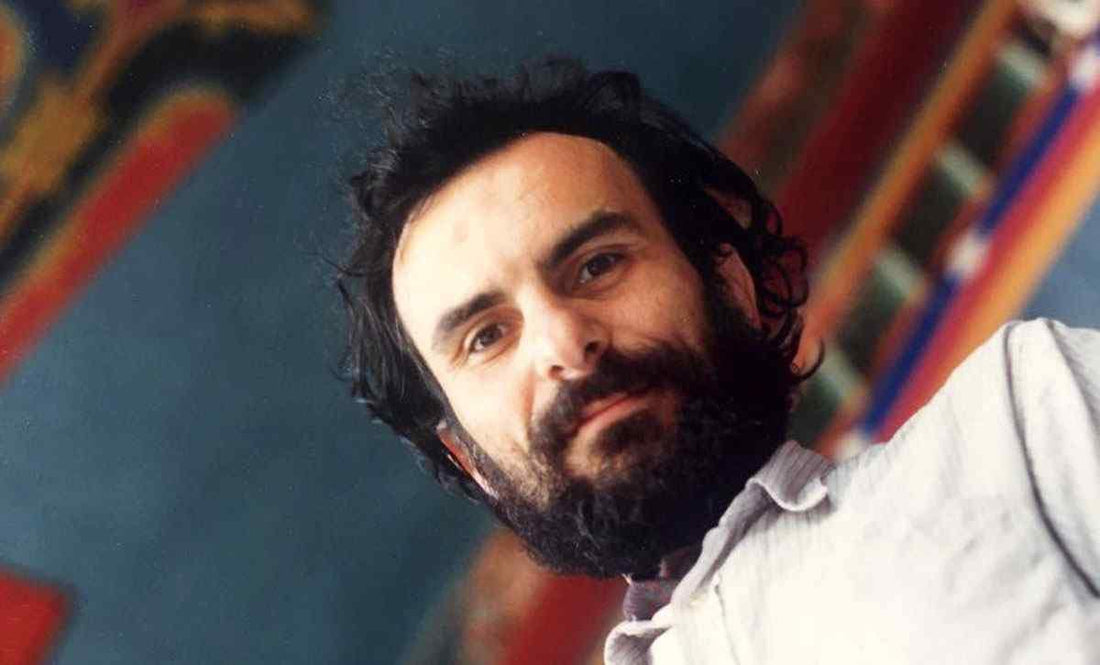
Spiritual Development Theurgy Magic in Tibetan BON
Leonardo AnfolsiWhat I write here about Tibetan BON is dedicated to all true researchers, and I want to write it in a way that is understandable to most. So I ask forgiveness to all my Tibetologist friends, who will understand the approximations necessary to streamline such a discussion.
Imagine a distant world where - for better or for worse - spiritual development and theurgy / magic are at the center of culture. In the Tibetan world two fundamental contributions arrive that will then expand towards China, Korea, Vietnam, Japan (not vice versa, sorry): these two contributions came from India and... listen, listen... from Shangshung or, indirectly, from the last cultural borders of Tazig, or ancient Persia.
I contextualize for the use of the usual local occultists who never open a book. Our occultist friends know what the little angels say, and they know all the rumors, but not this one, because I "assembled" it. Preamble: Gurdjeff notoriously invented neologisms in the form of toponyms, esotericizing concepts of names, etc. This is a real first: from the word Shangshung originates - by adding the Persian word SIMURG - the famous "SARMUNG", in that typical play on words of the adventurer and initiate Gurdjeff. Do you remember it? The one about the kundabuffer organ... :-)
Now. Although China has enjoyed destroying as many Tibetan monasteries and libraries as possible, ancient texts from that ancient culture are still preserved and discovered, some of which are also preserved in Chinese universities, without adding the famous Dunhuang scrolls. One of these texts handed down for millennia, the Ziji, has been translated and commented by the excellent scholar and master Namkhai Norbu and edited by the excellent Adriano Clemente.
It is a treasure chest that shows us a parallel reality where theurgy is the basis of everything, and where kings and lords seek the help of hermits and magicians, as we only tell in "Lord of the Rings", which is instead a fairy tale.
Here instead we are in the history of buried civilizations, and the dust of time, of galaxies or of stories is not needed to preserve it, no, because here "Gandalf" is a historical character, he has a name and surname, and it is narrated what he did and why he won some law of "nature".
The text tells in a very orderly way all the "interactive science" of that ancient world.
Collective or individual rituals to obtain precise results, the mathematical configurations underlying astronomical calculations, what classes of beings populate parallel realities and how many of them there are, what they do, how they can interact with our world, what they expect from us, what harm or benefits they can cause us. If Biglino had read this text - or if his followers had read it - I believe that this whole story of paleoastronautics would have ended a long time ago.
As in our contemporary drifting world we use to look inside a microscope to see spots that we will identify, according to our imaginative/objectifying system as "viruses" or "bacteria", in that world appear in the kaleidoscope of the ordering vision - always imaginative/objectifying as well - divinities, demons, messengers, guardians. All perfectly functioning and functional to this shared kaleidoscope, therefore having the ability to interact with humans, healing them, making them ill, enriching them, questioning them, protecting them.
BON is the pre-Buddhist religion of Tibet and comes from ancient Persia. The ancient kingdom of Shangshung had its capital around Mount Kailash - a mountain sacred to four religions and from which four rivers branch out in the auspicious form of a swastika. Swastika, griffin (Khyung = Garuda) and SunMoon are three central symbols in this very ancient culture that has many sides still unknown with related psycho-technologies still undeciphered.
But the essential has reached us and has reached me.
I was fortunate to receive exceptionally useful teachings from masters descending from these very ancient lineages, and thanks to this, as a boy, I was able to develop some of my qualities that, otherwise, given my laziness, would never have taken shape. But my interest always remained within the most intensive Zen practice. Why? I learned it when I understood that the Bon themselves practiced something not only completely similar, but in fact, then, perfectly identical, as the Tibetan Dzogchen master Longchenpa told us, who cited the masters Hanshan Moeyan, or the Chinese Oshang Mahyan, who were the Zen masters of China around the end of the eighth century when they came to Tibet and settled in Samye, where they then argued in vain with the incapable Tibetan philosophers.
For his part, the fifth patriarch of Chinese Zen wrote that the Zen meditation he taught was in reality a practice that - we now know - was completely identical to one of the best known of Bonpo and Tibetan Buddhist Dzogchen. I wondered about it, without resolving the doubt, scratching my head together with Prof. Harrison, at Stanford, a few years ago.
Anyone interested in shamanism should certainly study and update as much as possible the teaching that pulsated in Shangshung, coming from the first human master known to us, Shenrab Miwoche. Bon and Buddhism, in fact, before launching researchers into the rarefied realms of magic, from which one returns healthy and a thousand bruised, teach how to root oneself in awareness, and how to become decent human beings, if not even better.
Isn't that a precious thing in a time when millions of human beings - hypnotized in front of the TV - are treated like cattle by multinationals, and where those who react to this madness are taken for conspiracy theorists?
Ultimately, in the beginning, it's just about sitting in meditation without distractions and without making excuses.
I remember that one day, a stone's throw from the Himalayas, I met a young tulku of the ancient Bon religion, smiling with ecstasy and yet suffering from an incurable disease; he looked at me with the eyes of a mother. The abbot, Lungtok Tempai Gnyma, wanted me to visit him - I understood later - to make me realize what that power that everyone seeks really was, that bliss that conquers the most atrocious pain. The young tulku conversed with me, asking for translation, but his words were so crystal clear that I could almost understand what he said to me in an impalpable Tibetan, without dialectal inflections.
Since I had managed to help another high-lineage lama in his healing - with the help of heaven - he let me delude myself that I could succeed in his case too. But it was clear to me that I had entered his boundless game made of that desert of countless stones where the wind cuts your face. And yet that solitude at high altitude is a shining abyss.
Why can’t “deep” and “true” mean “laughing” and “joyful”?
The abbot made me touch with my hands the relics of masters who left only hair, nails and iridescent pearls of their bodies, fading into rainbows, often before the eyes of the many witnesses gathered. And he blessed me by making me touch with my mind those ancient presences of benevolent masters who inhabit these places, this after I had received the complete transmission of their boundless yogic-methodological compendium, The Transmission of Shangshung. Finally, chuckling, he told me precisely what would happen to me a few days later. In detail.
Thread and Mark. Bonpo masters ritually weave and mark the threads of destiny.






